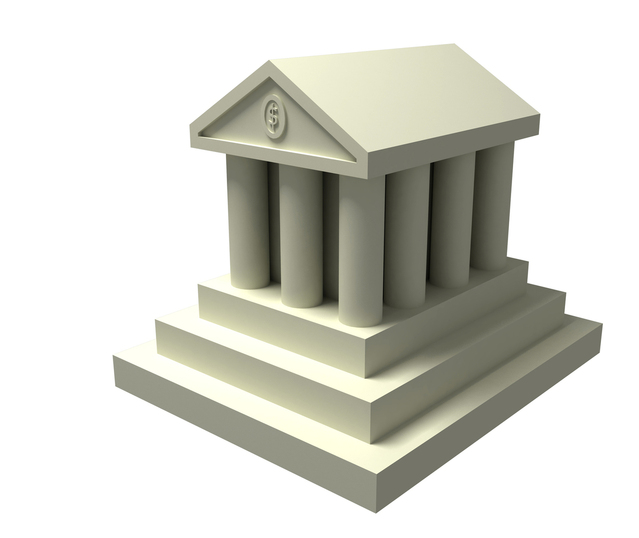
As children, most of us were taught that money saved at the bank would earn interest. For example, in 2005 if you deposited $1000 at XYZ bank, you could have reasonably expected to earn $40 or $50 in interest each year.
Following the financial crisis of 2008-09, demand for loans dwindled as Americans tried to pay down debt. That’s when the Fed lowered interest rates to extremely low levels and officially began quantitative easing (i.e. buying trillions of dollars of mortgage bonds and government bonds) in an attempt to make borrowing money more attractive. In many ways, Americans were lucky to be one of the first countries to endure substantial economic pain, as it meant we were one of the first economies to exit the deep recession.
While quantitative easing punished savers by pushing interest rates down (savers can only expect $1000 to earn $5-$10 today), imagine if the bank wanted you to pay them instead! That’s essentially what is happening in other parts of the world right now.
Today, most of world is still dealing with fairly weak economic forecasts, and some of these countries or regions continue to struggle to jumpstart their economies. It’s not surprising that central banks around the world, such as the European Central Bank (ECB) and Bank of Japan, have gone to unusual measures in recent months to prevent further economic malaise.
The Rise of Negative Interest Rates
Setting a negative interest rate is one tool that has been utilized in a few big economies for the first time, and it has garnered a lot of headlines. The ECB has been pursuing this path for about 18 months and on March 10th cut its rate from -0.30% to -0.40%. And after years of ultra-low interest rates, the Bank of Japan instituted a negative interest rate policy for the first time in January, 2016.
Negative interest rates sound scary on the surface, especially for conservative U.S. savers that have been dealing with low interest rates. The fear of a negative interest rate being applied to their savings would be viewed as a complete injustice. That said, the negative interest rates being discussed now are generally only applicable to bank-to-bank transactions; it doesn’t mean that the average depositor at XYZ bank in Europe will have to pay their bank for holding cash.
The primary motivation behind setting a negative interest rate is to persuade banks to be more active lenders. The theory is that if banks’ reserves (assets) aren’t earning money, the bank will be more willing to put that money to work through loans. This will create economic activity and set off a chain reaction of even more economic activity.
In many ways, we witnessed this concept at work when the housing market was largely repaired through the use of really low interest rates. While the U.S. didn’t have negative interest rates, the U.S. did have negative “real” interest rates, which means that interest rates were below the inflation rate. The “real” interest rate is far more important than the headline interest rate level, and the U.S. has experienced a negative rate at various times in history.
Because of the low levels of inflation in Japan and Europe, merely setting a low interest rate isn’t quite enough to create a negative “real” interest rate. Those regions needed additional economic stimulus and decided that lowering interest rates below zero was the best solution. On the other hand, the U.S. has some mild inflation and probably wouldn’t need to take rates below zero to ensure that the real interest rate is highly conducive to incentivizing both lenders and borrowers to act.
On March 18th, former Federal Reserve chairman Ben Bernanke wrote that while negative rates were a tool worthy of consideration by the Fed should the U.S. economy stagnate, he explicitly stated that he thinks the probability they will be used is quite low for the foreseeable future.
So while negative interest rates may continue to get a lot of press in the media, the chances of them being utilized in the U.S. is low. As is often the case, the way forward is to ignore the noise and continue with your plan which, ideally, constitutes a well-diversified portfolio that limits your exposure to interest rate risk.
The opinions voiced in this material are for general information only and are not intended to provide specific advice or recommendations for any individual.



